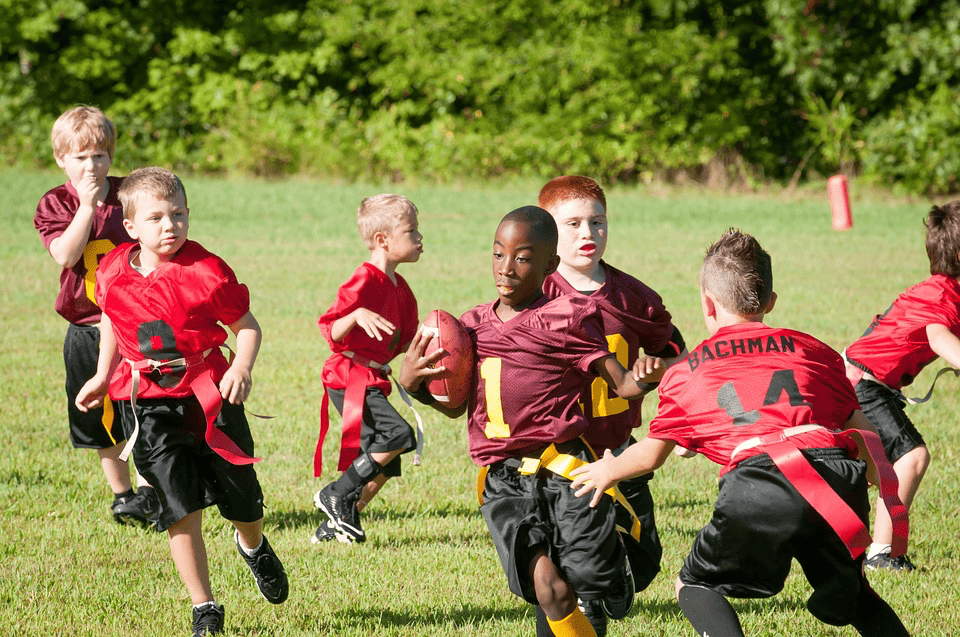Exercise is an essential part of a child’s growth; it builds stronger bones and muscles and also helps children to develop mentally. Vigorous exercise, such as running, swimming, and team rowing, also help children and teens in other ways that we highlight below.
Enhances Brain Function
Studies show that intense physical activity several times per week plays a vital role in developing the child and adolescent brain, supporting critical mental functions throughout life.
For example, a clinical study in Spain determined that children with a high level of physical fitness have more grey matter in the frontal and temporal lobes. They also showed more brain tissue in the calcarine cortex, which is essential for the higher-level mental skills to accomplish complex tasks.
The research also showed that enhanced motor ability helps the brain in reading and language processing.
Exercise, especially complex movements found in rowing, can create better motor skills, including hand-eye coordination, mental clarity, and problem-solving.
Some children also exhibit improved attention and learning when they engage in regular exercise. As you can imagine, these factors can improve education and grades over time.
And it doesn’t take intense, daily exercise for benefits to appear; just playing with friends outdoors is connected to doing better on tests and homework.
Increased Brain Blood Flow
When we exercise, the heart responds immediately by pumping more blood to the arms, legs, and brain. Exercise boosts blood flow to the brain for as long as we exercise, bringing vital oxygen for more mental focus and alertness.
This means that exercise aids a child’s ability to learn. For example, a clinical study at the Columbia University Lab found that a 90-day exercise routine for children can boost brain blood flow to parts of the brain needed for learning and memory by 30%.
Exercise Changes Brain’s Function And Shape
Another study at the University of Illinois investigated this subject, and found that children who exercise often scored higher in cognitive tests. Their MRIs showed their basal ganglias were larger.
This is a vital part of the brain that helps us to keep our attention on tasks. Further, a better developed basal ganglia helps us to coordinate our thoughts and actions effectively.
Consider Rowing For Your Children’s Brain Health
It’s clear that exercise is fantastic for kids’ health and that it helps with brain development. But some parents may not know that rowing is one of the best activities for young people between 14 and 18. This is why parents often send their children to rowing camps to boost their cardiovascular fitness, skills, and mental health.
Rowing is a challenging exercise that uses the entire body and gives children the kind of cardiovascular training needed for the best physical and brain health. Rowing gives them a total body workout daily for several hours, and it offers intense strength and cardiovascular training.
Some of the muscle groups that are worked during rowing include:
- Glutes
- Abdominals and core
- Back
- Arms
- Quads
- Obliques
- Pectorals
Daily rowing training boosts the ability of the cardiovascular system to pump blood, which benefits all parts of the body, including the brain. This sport uses most of the body’s muscles, and teens who engage in rowing reach a high level of physical fitness that benefits their bodies for many years.
Now you know more about how intense physical training benefits children. We hope you’ll be even more committed to ensuring that your kids continue to engage in intense workout sessions to better themselves.
